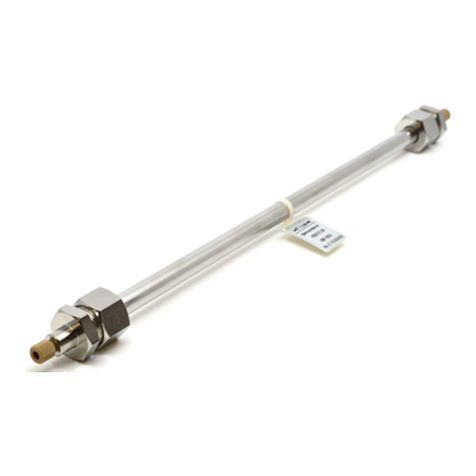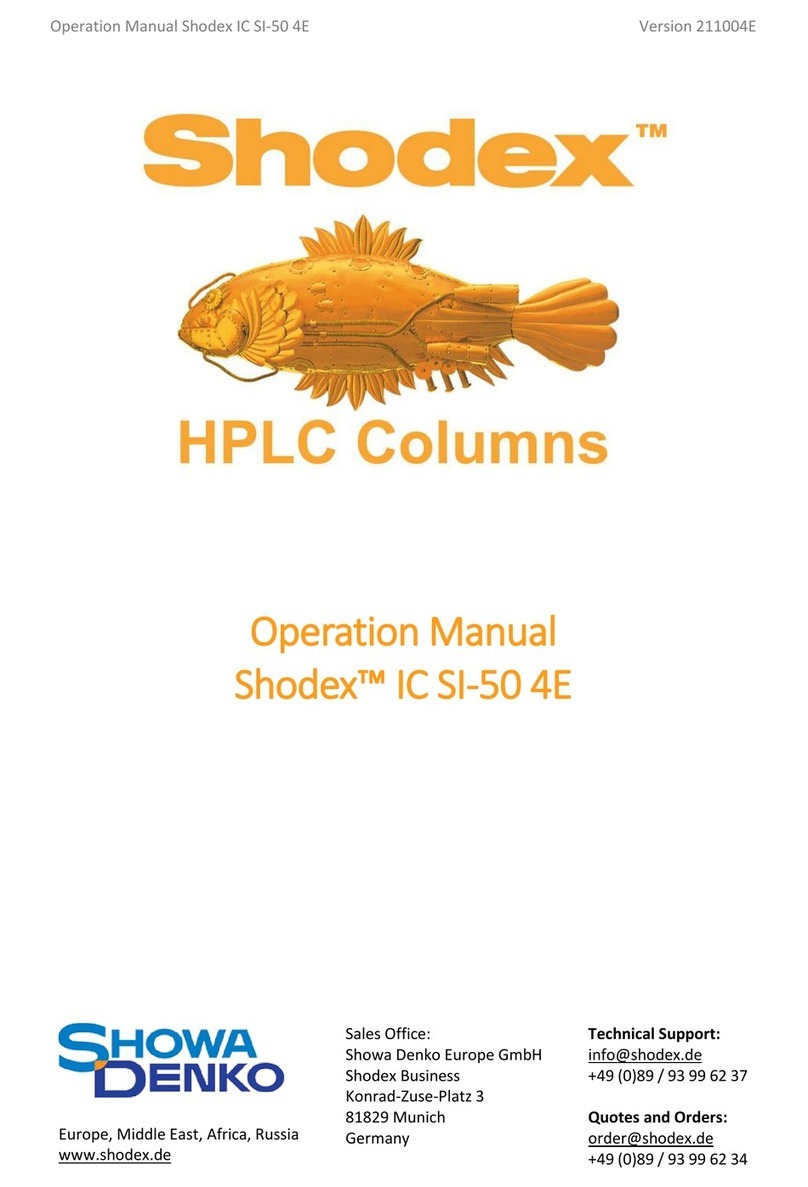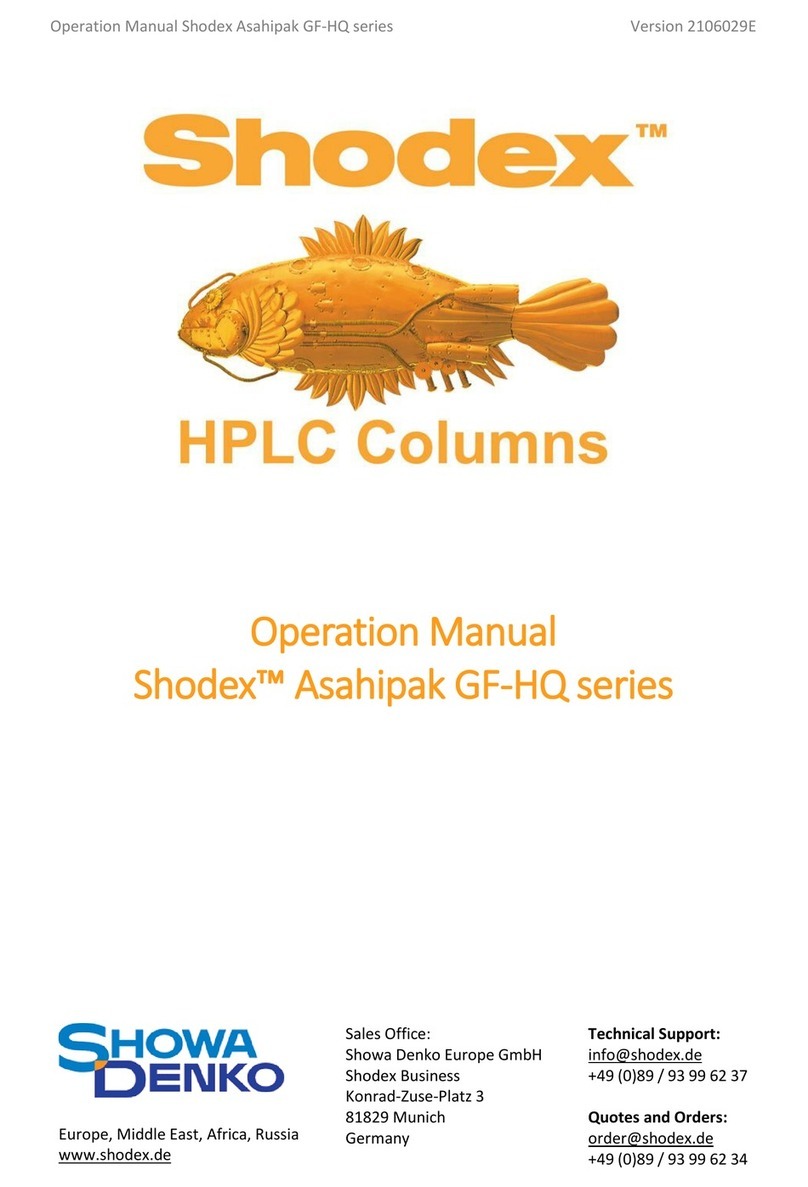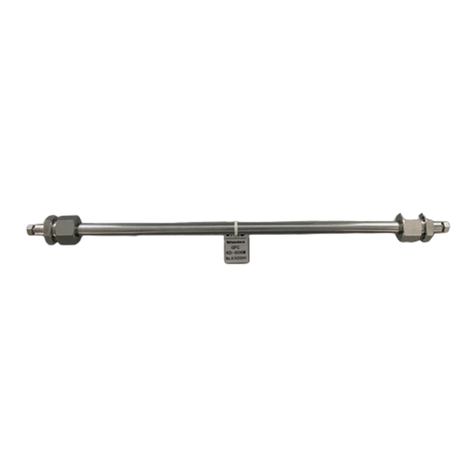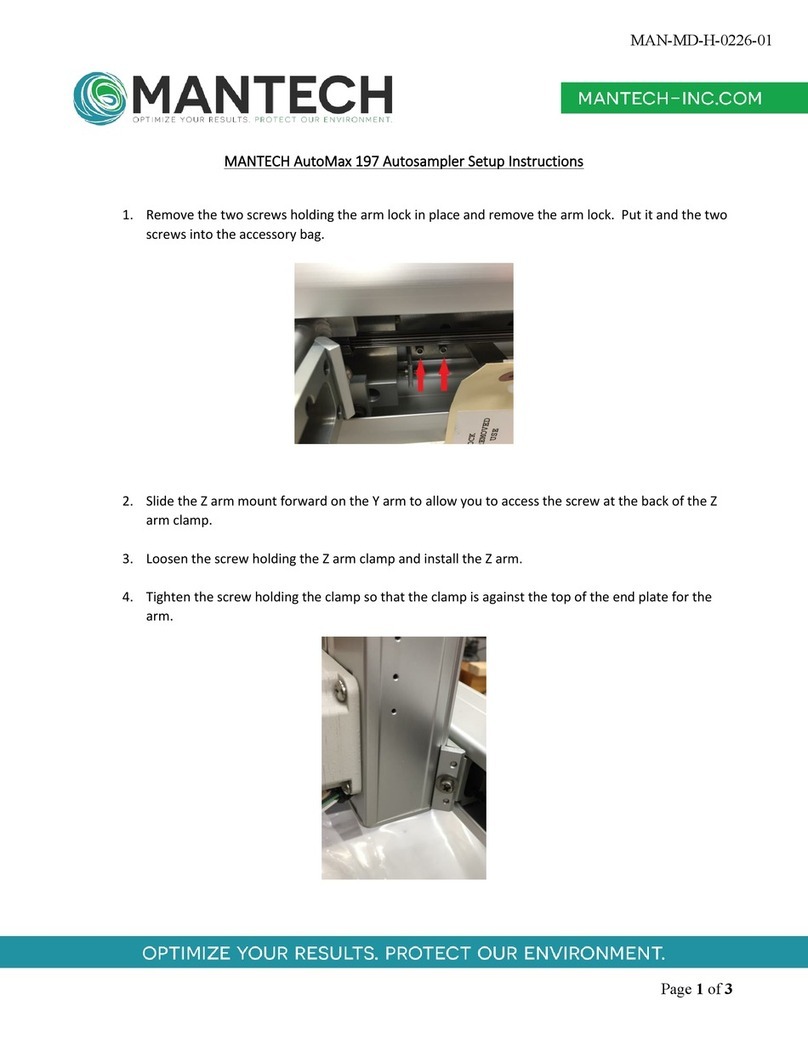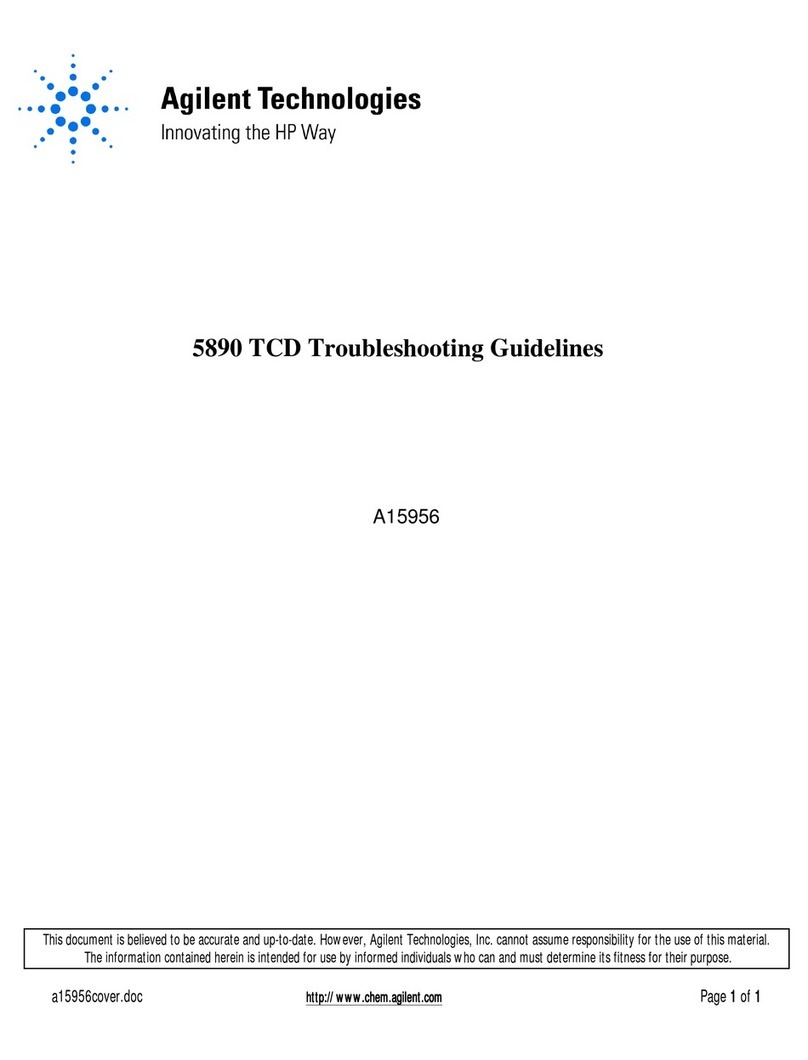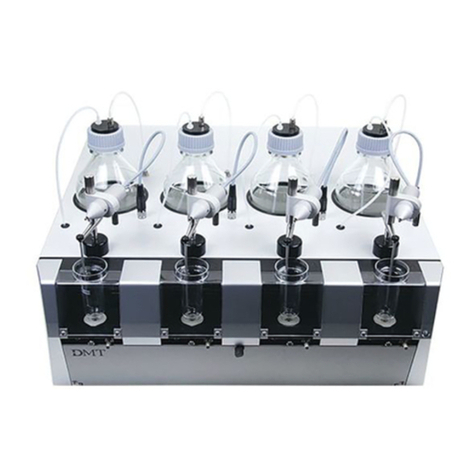Showa Denko Shodex PROTEIN LS-G 4J User manual







This manual suits for next models
1
Table of contents
Other Showa Denko Laboratory Equipment manuals
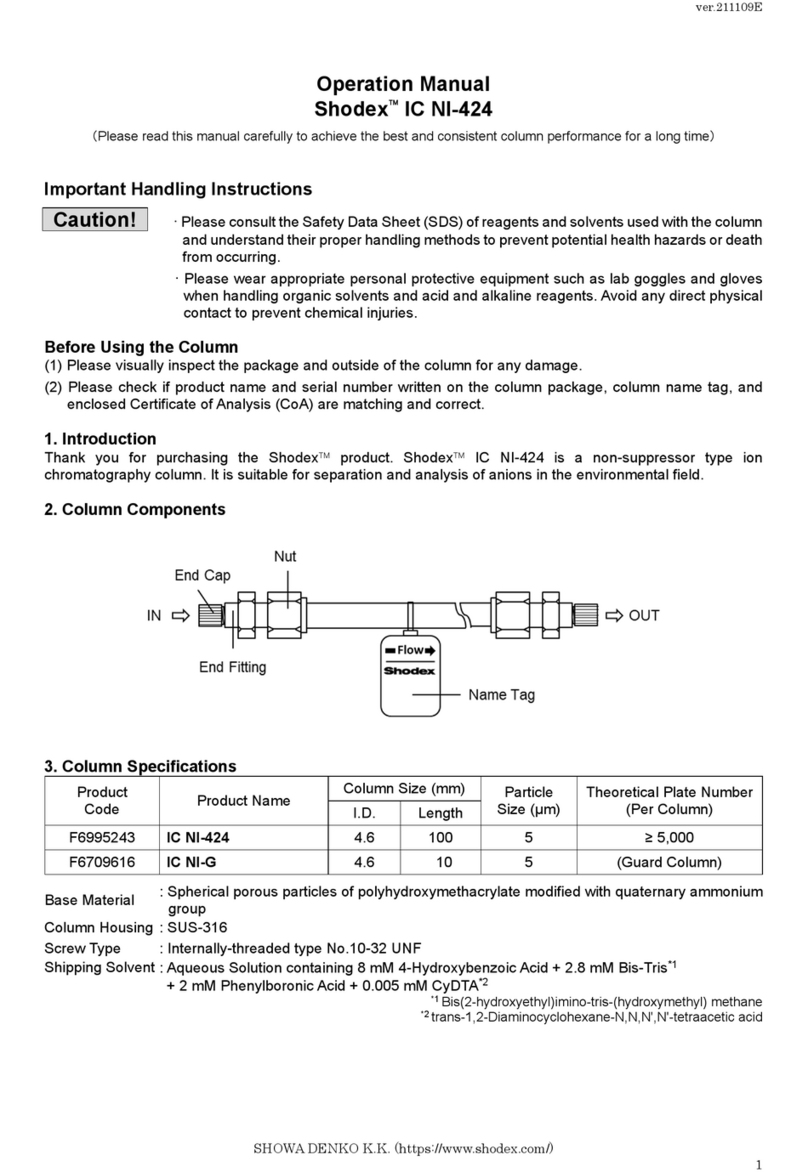
Showa Denko
Showa Denko Shodex IC NI-424 User manual
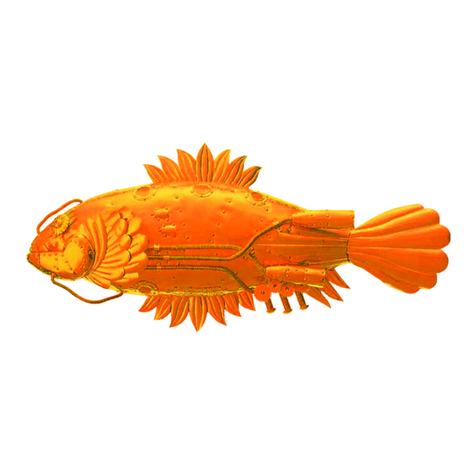
Showa Denko
Showa Denko Shodex IC Y-521 User manual
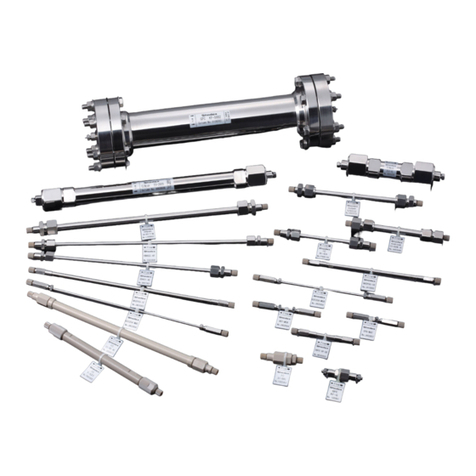
Showa Denko
Showa Denko Shodex IC SI-90 4E User manual
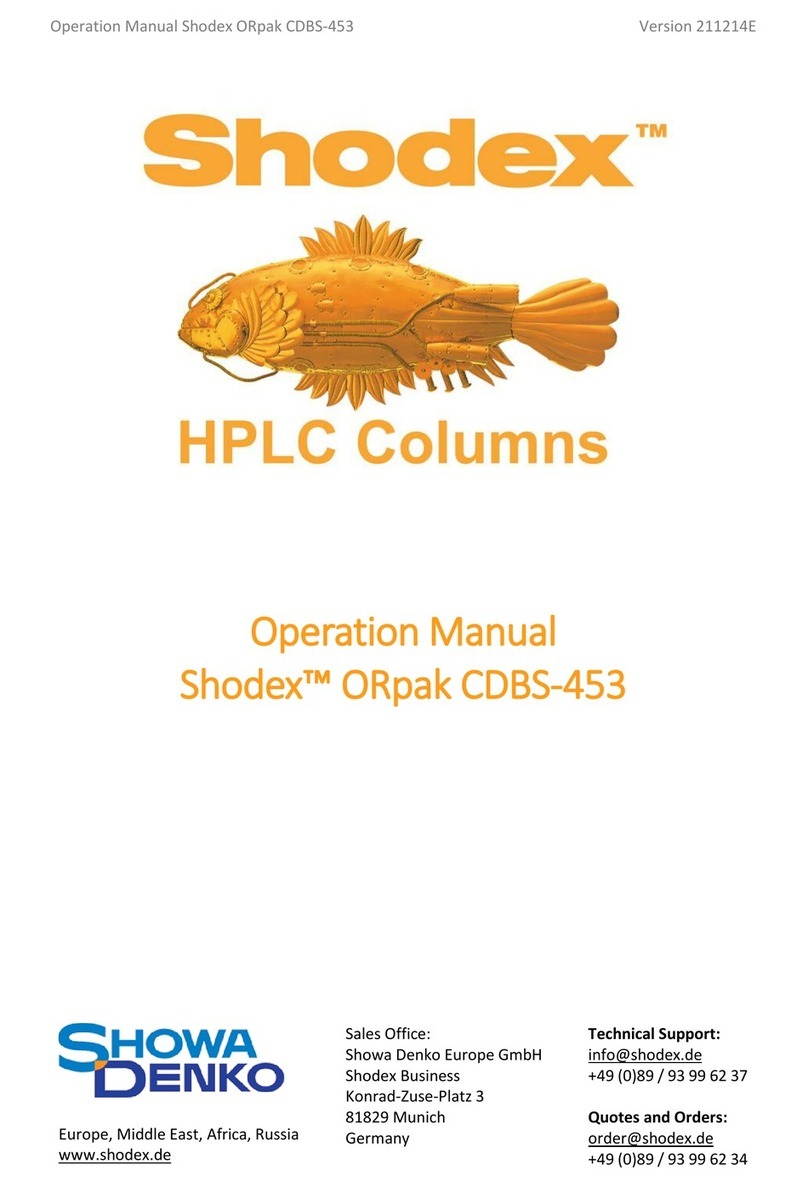
Showa Denko
Showa Denko Shodex ORpak CDBS-453 User manual

Showa Denko
Showa Denko Shodex GPC LF-604 User manual
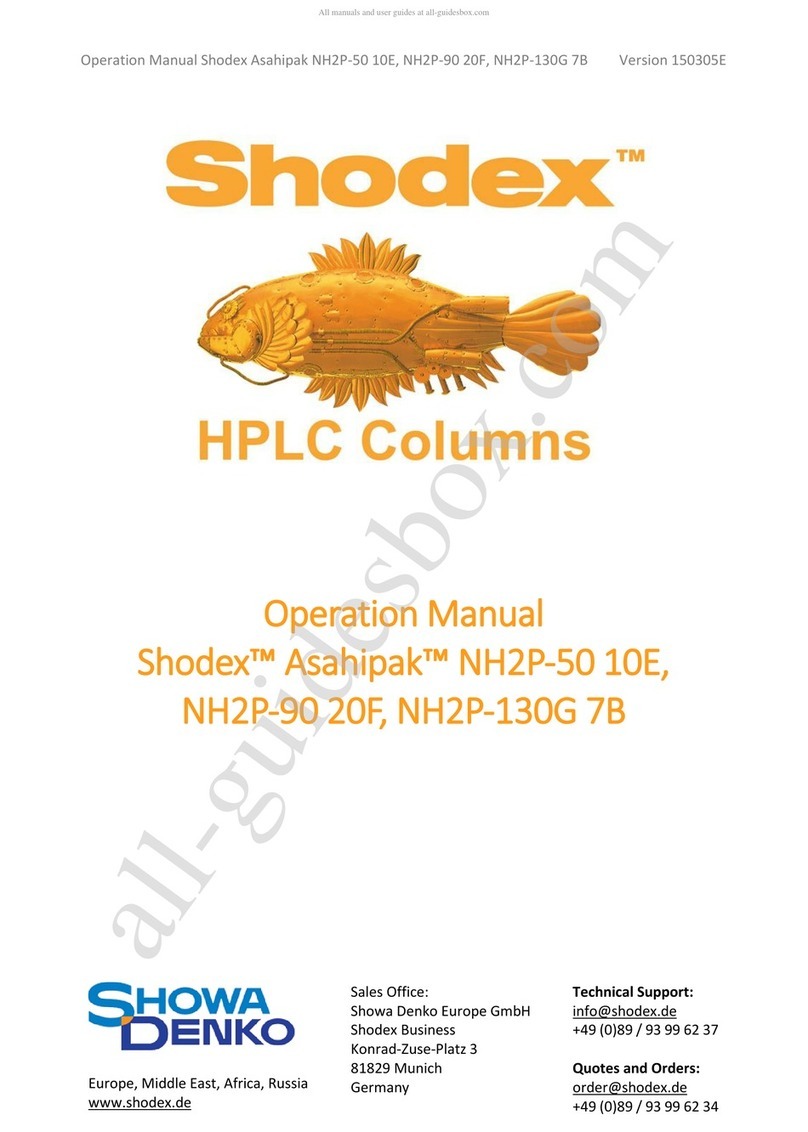
Showa Denko
Showa Denko Shodex Asahipak NH2P-50 10E User manual
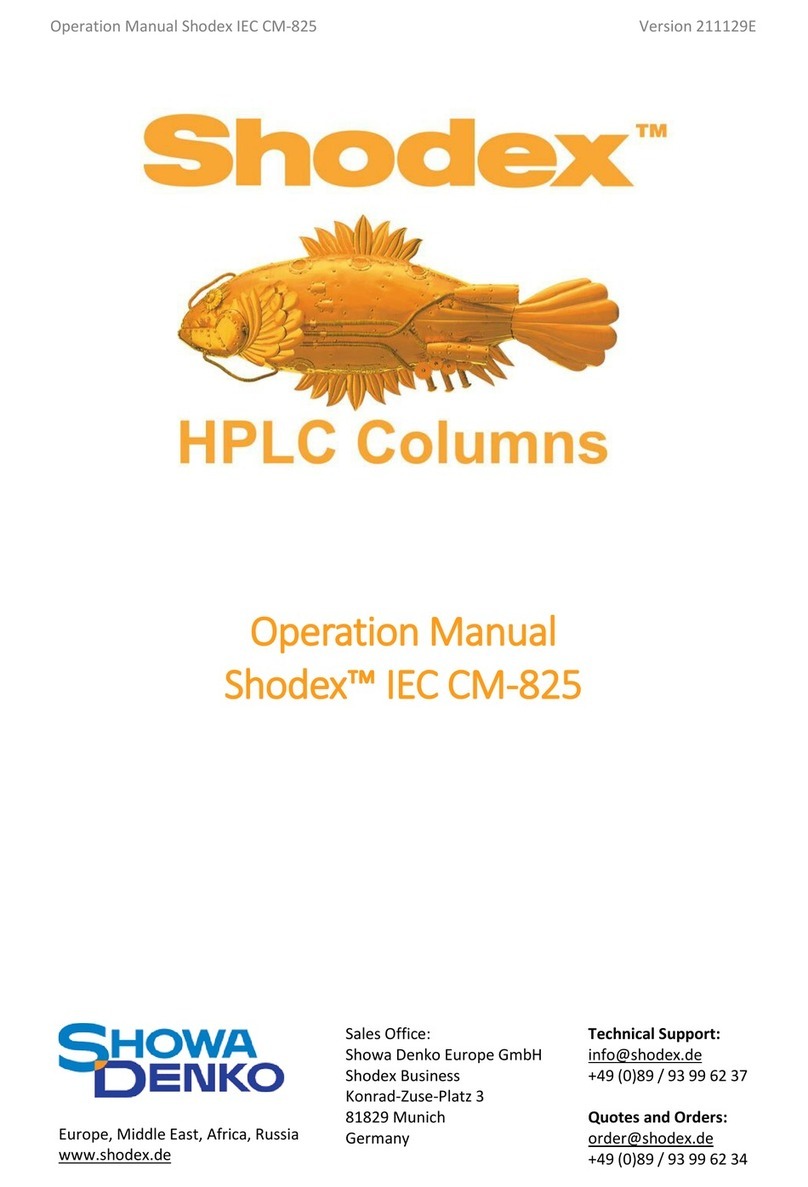
Showa Denko
Showa Denko Shodex IEC CM-825 User manual
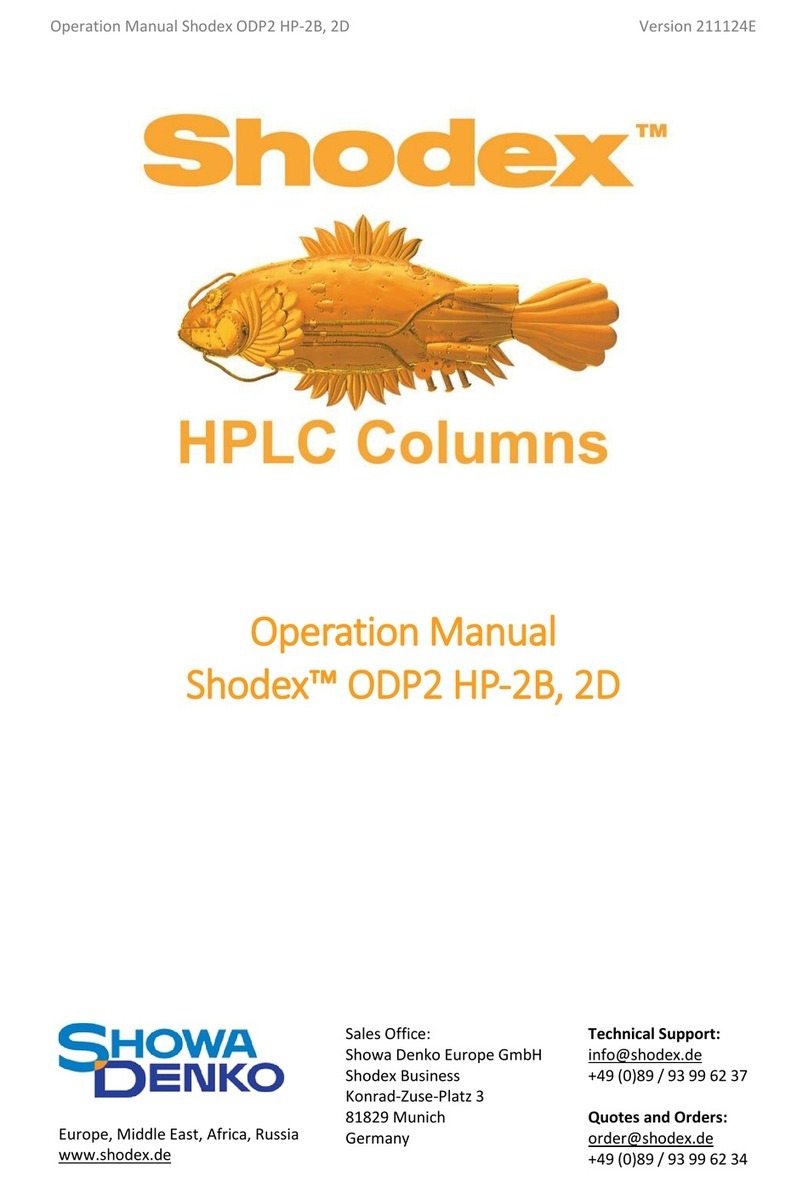
Showa Denko
Showa Denko Shodex ODP2 HP-2B User manual
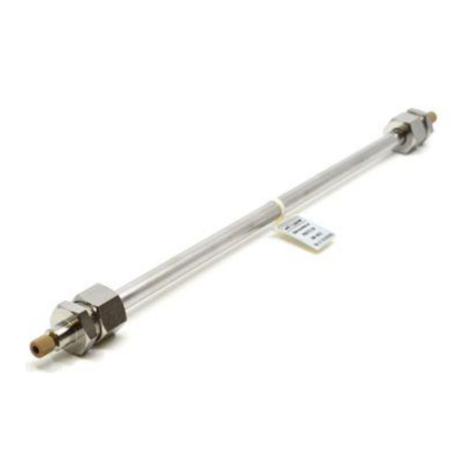
Showa Denko
Showa Denko Shodex RSpak DS-413 User manual

Showa Denko
Showa Denko Shodex GPC LF-404 User manual

Showa Denko
Showa Denko Shodex C18U 2B User manual
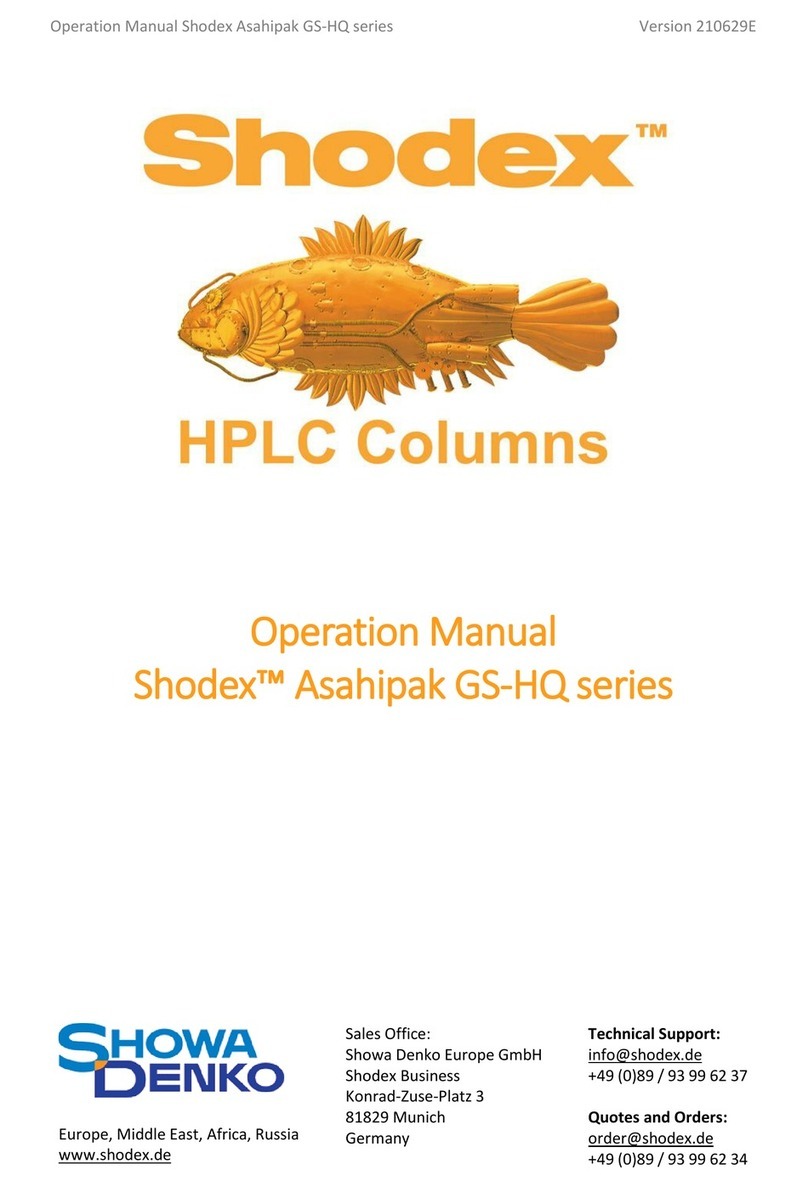
Showa Denko
Showa Denko Shodex Asahipak GS-HQ Series User manual
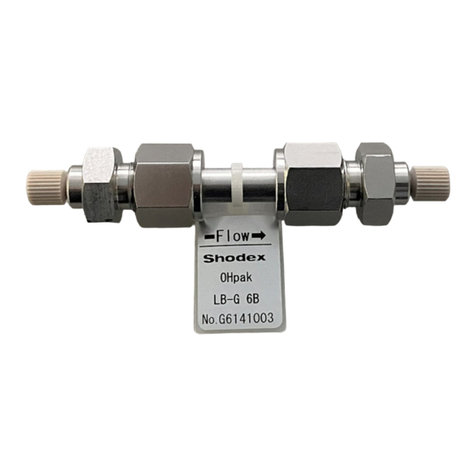
Showa Denko
Showa Denko Shodex OHpak LB-800 Series User manual
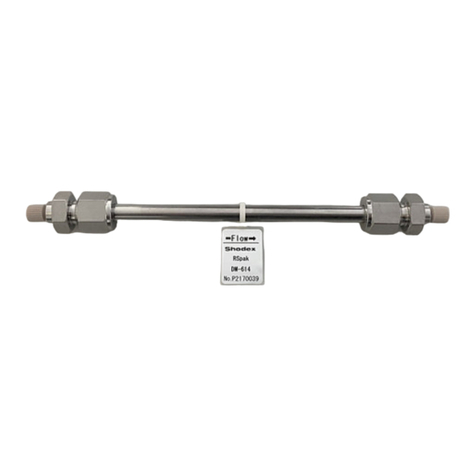
Showa Denko
Showa Denko Shodex RSpak DM-614 User manual
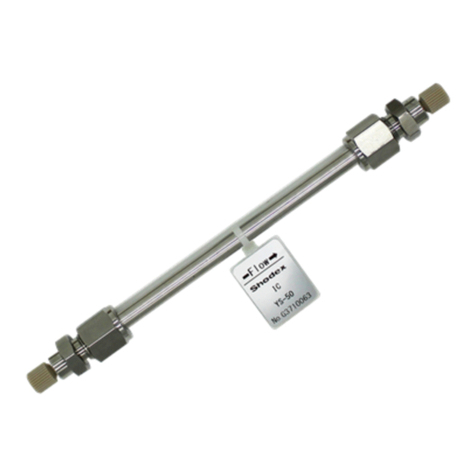
Showa Denko
Showa Denko Shodex IC YS-50 User manual

Showa Denko
Showa Denko Shodex RSpak NN-814 User manual
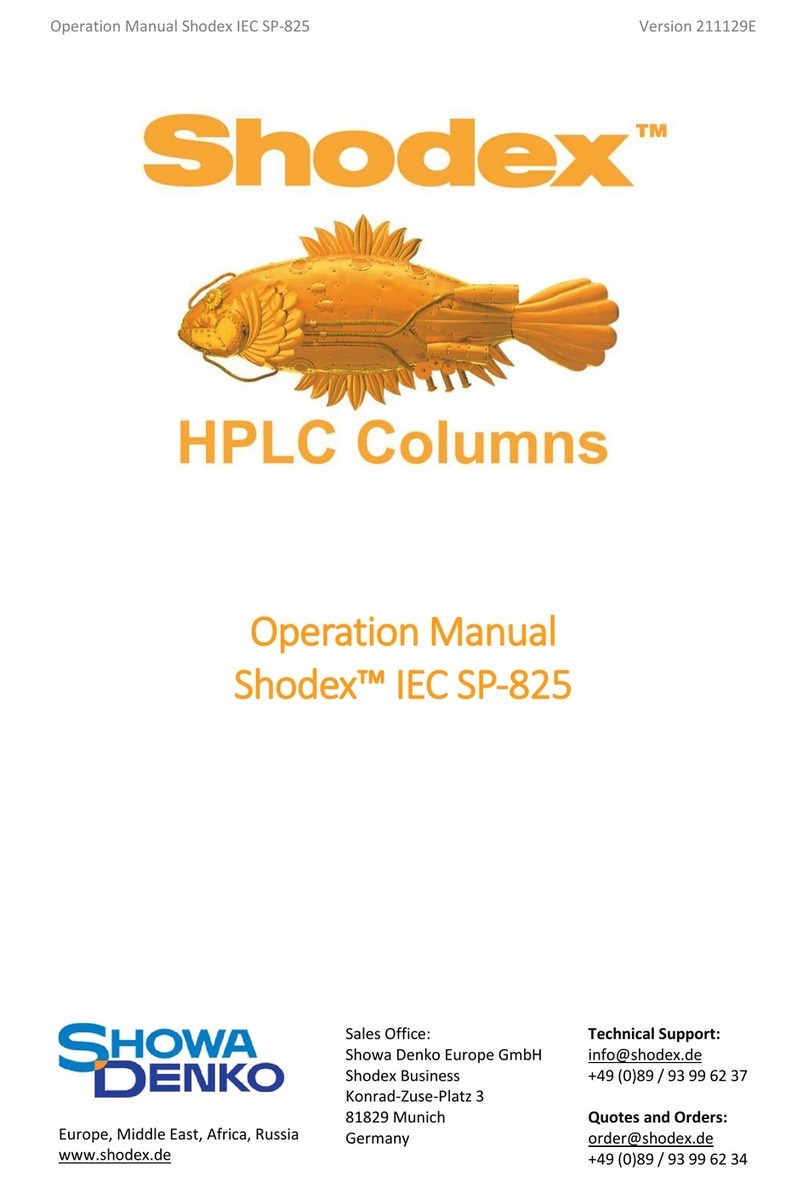
Showa Denko
Showa Denko Shodex IEC SP-825 User manual
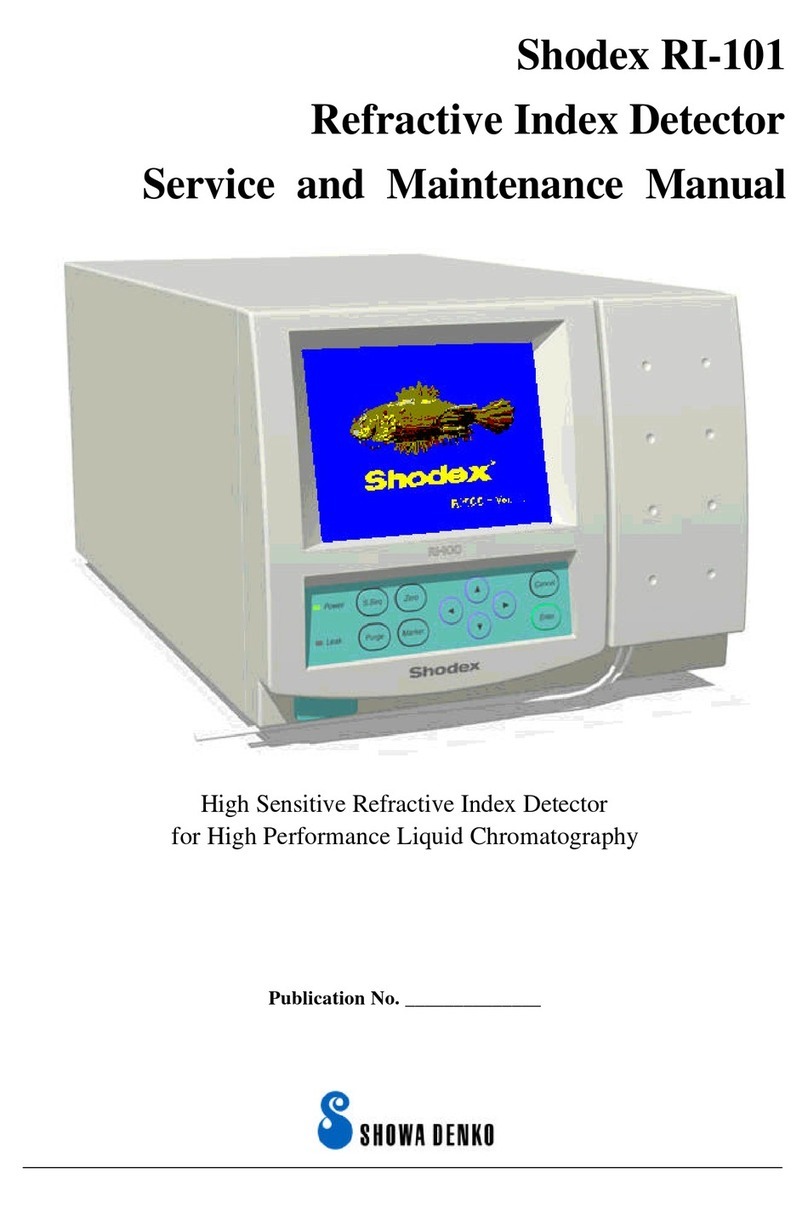
Showa Denko
Showa Denko Shodex RI-101 Installation and user guide
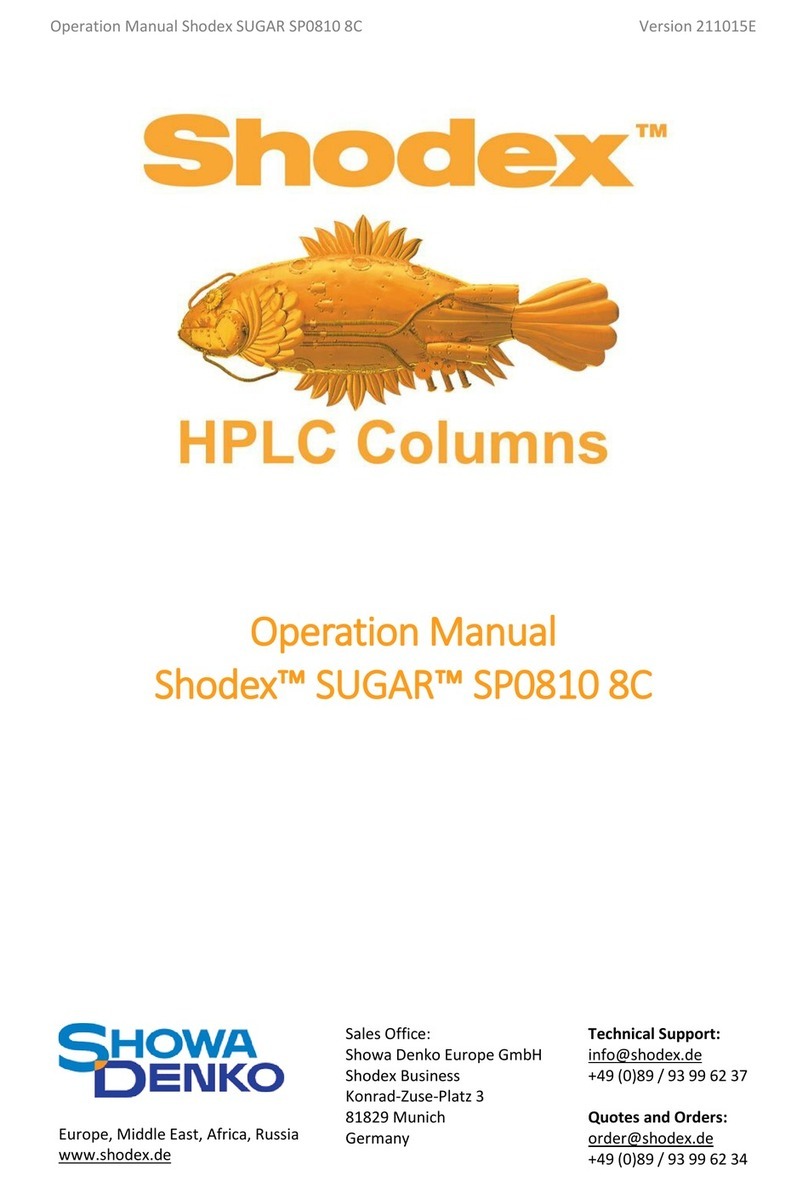
Showa Denko
Showa Denko Shodex SUGAR SP0810 8C User manual
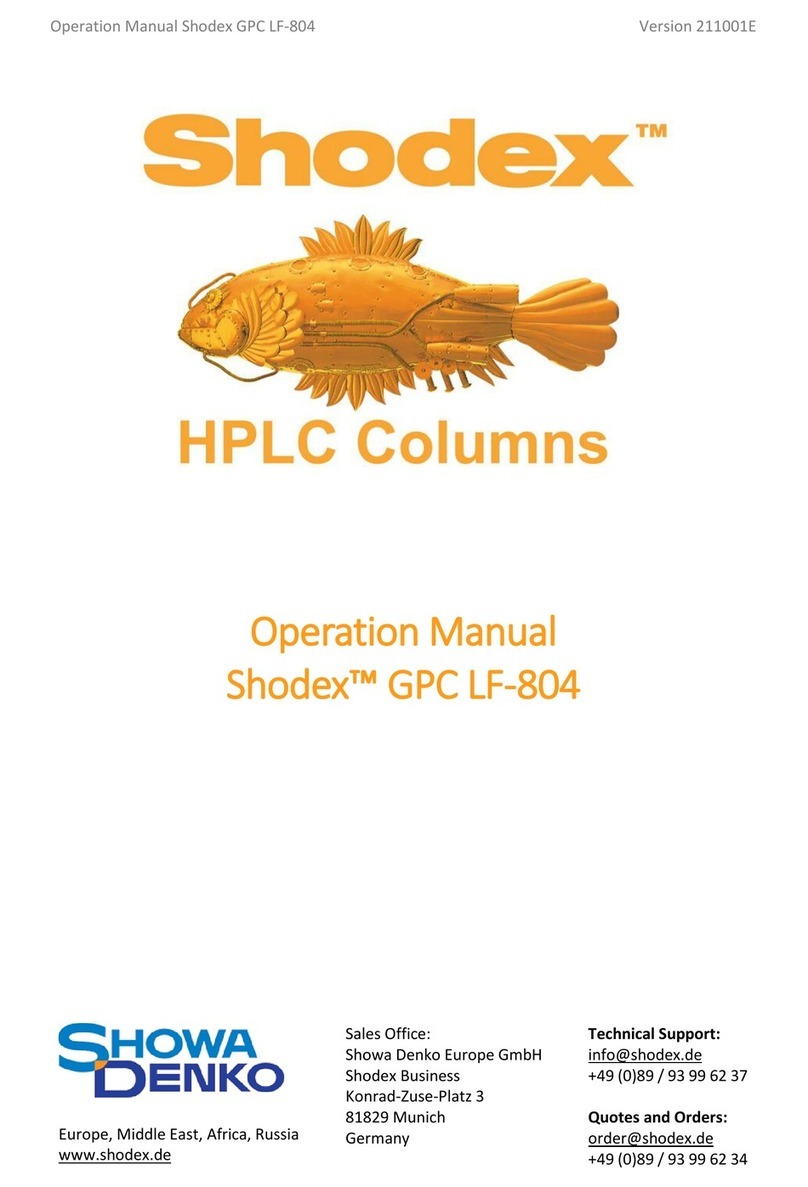
Showa Denko
Showa Denko Shodex GPC LF-804 User manual
Popular Laboratory Equipment manuals by other brands

OHAUS
OHAUS Frontier FC5706 instruction manual
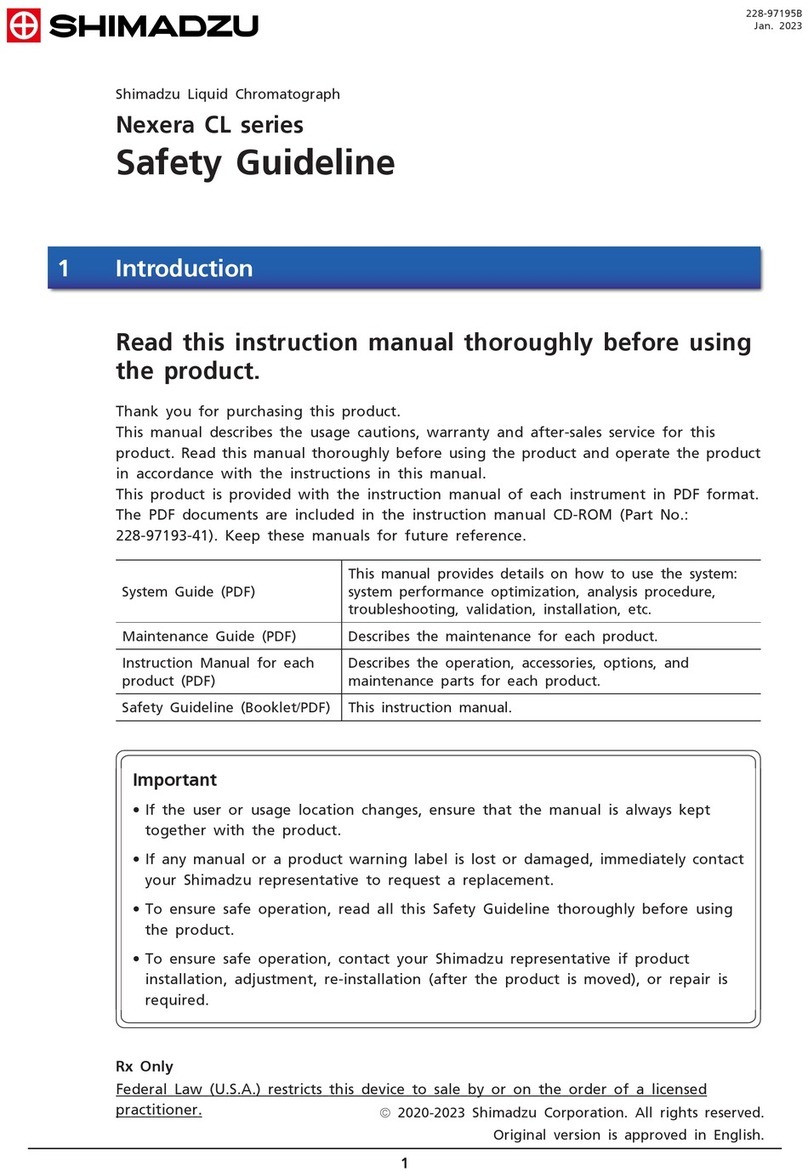
Shimadzu
Shimadzu Nexera CL Series Safety Guideline
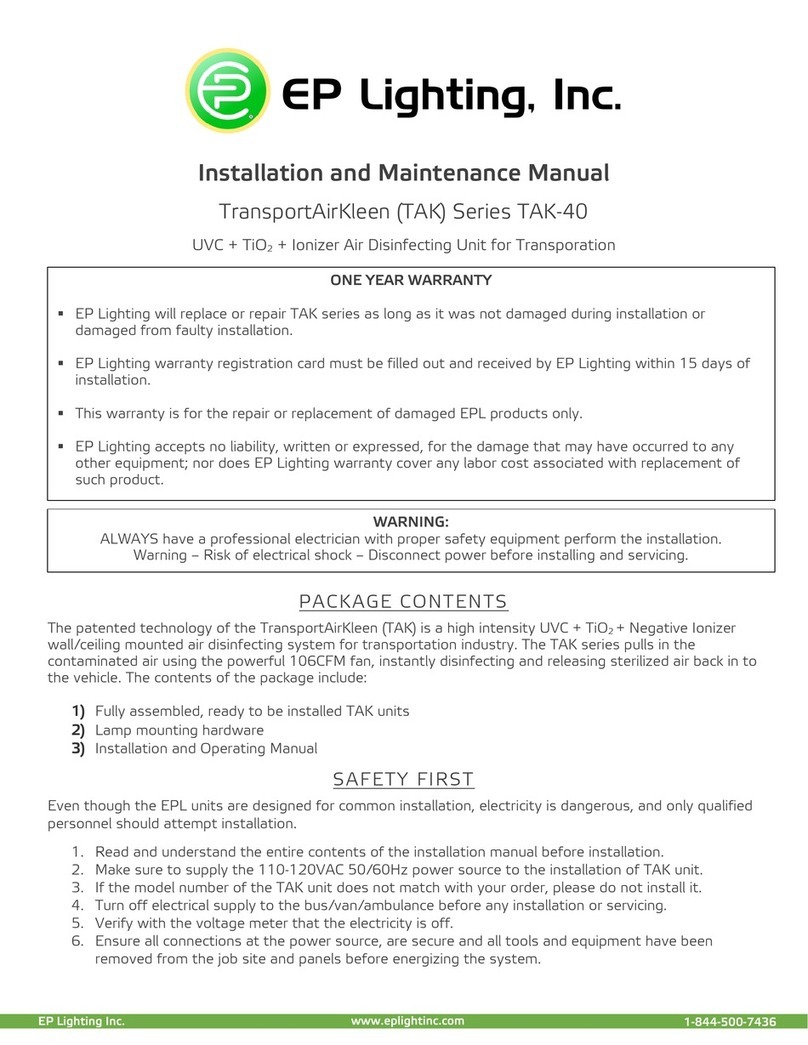
EP Lighting
EP Lighting TransportAirKleen Series Installation and maintenance manual
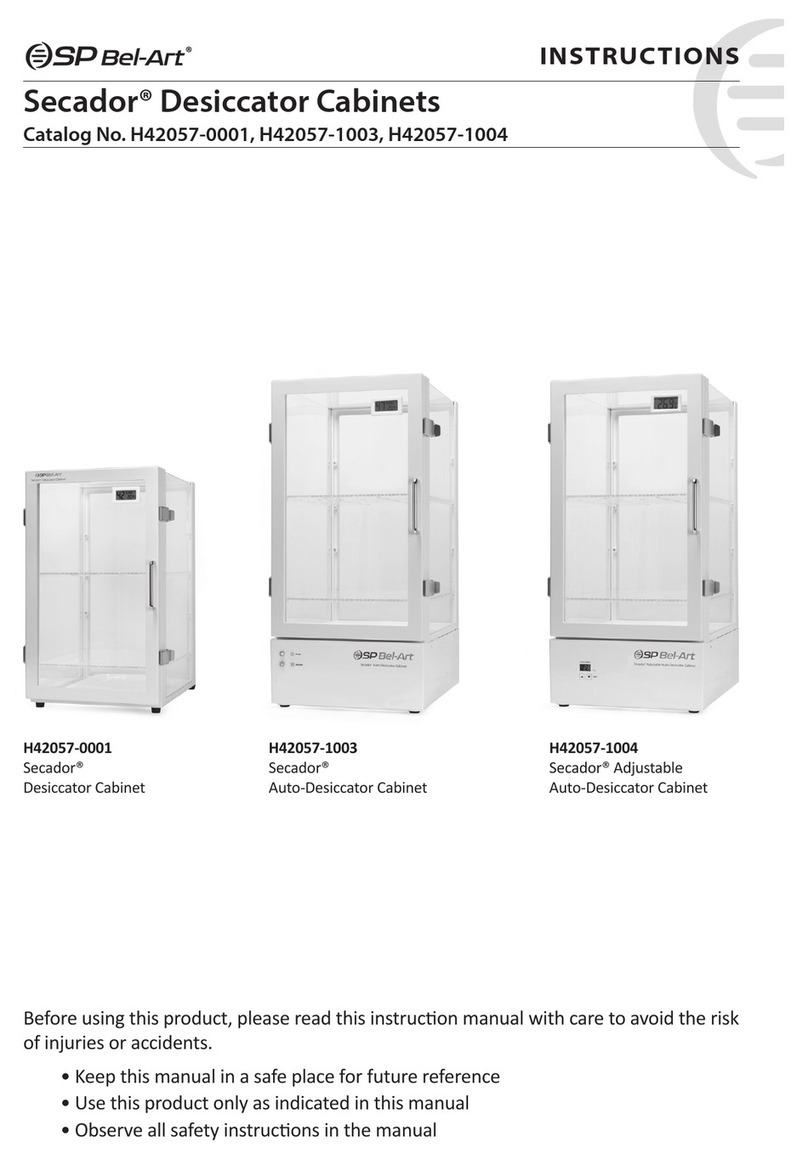
SP
SP Bel-Art Secador H42057-0001 instructions
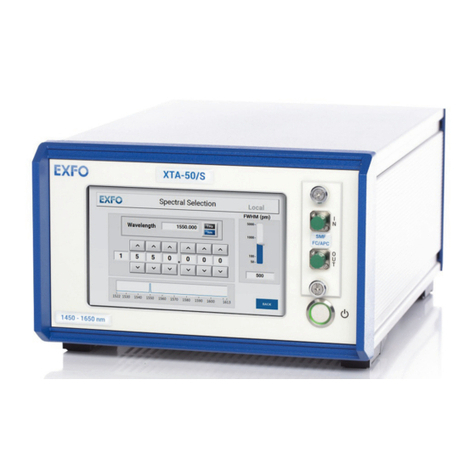
EXFO
EXFO XTM-50 Series user guide
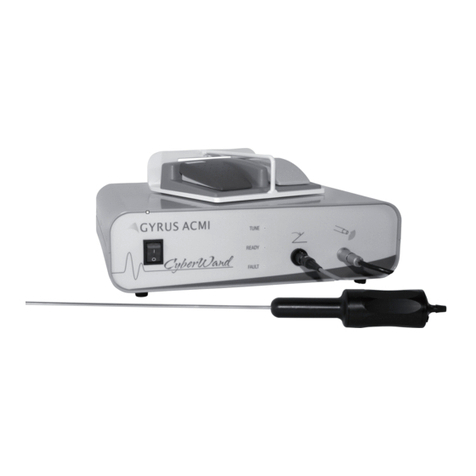
Gyrus Acmi
Gyrus Acmi CyberWand CW-USLS Instructions for use
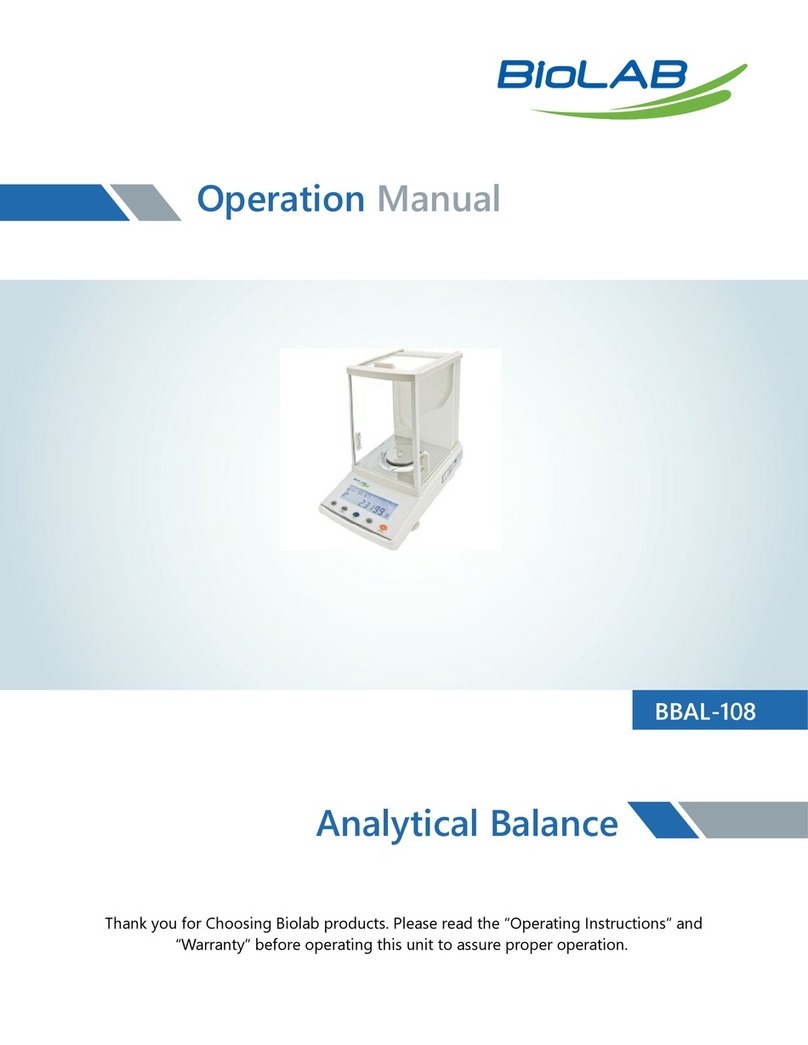
BioLAB
BioLAB BBAL-108 Operation manual
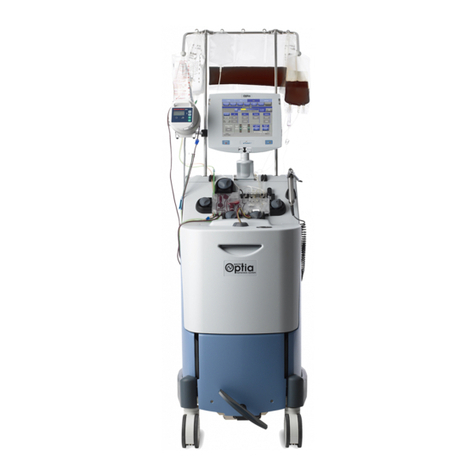
Terumo BCT
Terumo BCT Spectra Optia Apheresis System Operator's manual
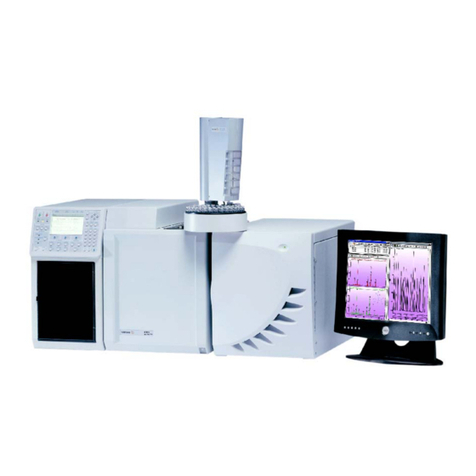
Varian
Varian 4000 GCMS Installation procedures

Sirona
Sirona inFire HTC operating instructions
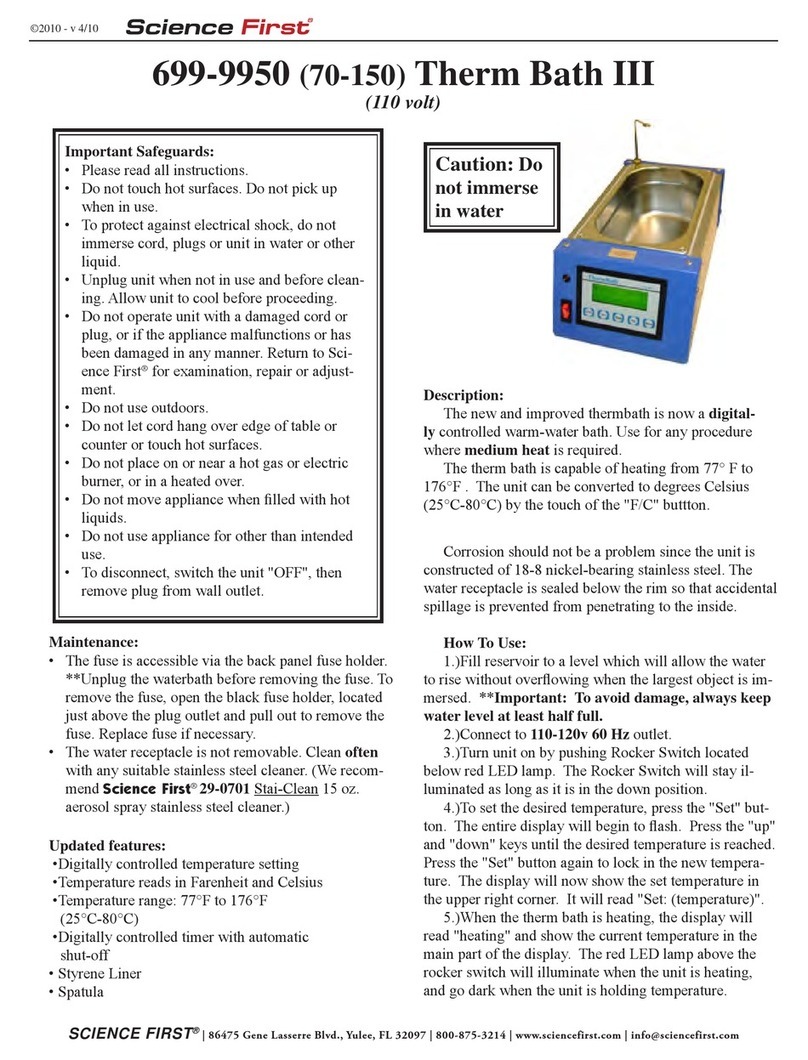
Science First
Science First Therm Bath III manual

Peak Scientific
Peak Scientific Genius XE QSD installation guide
